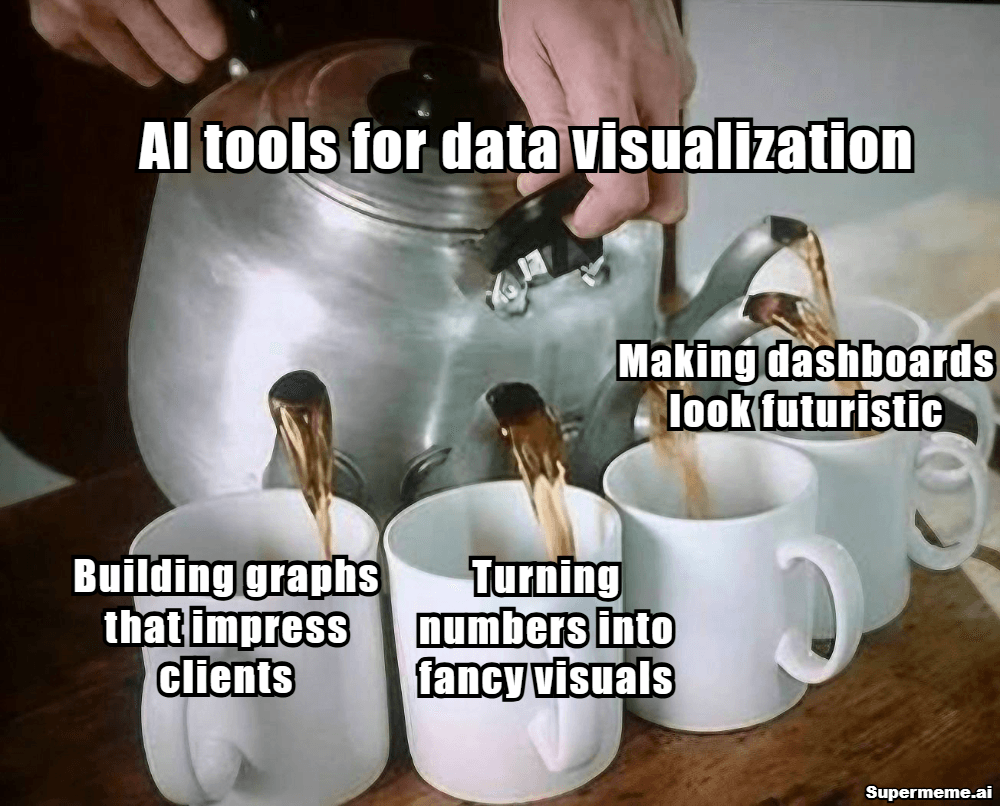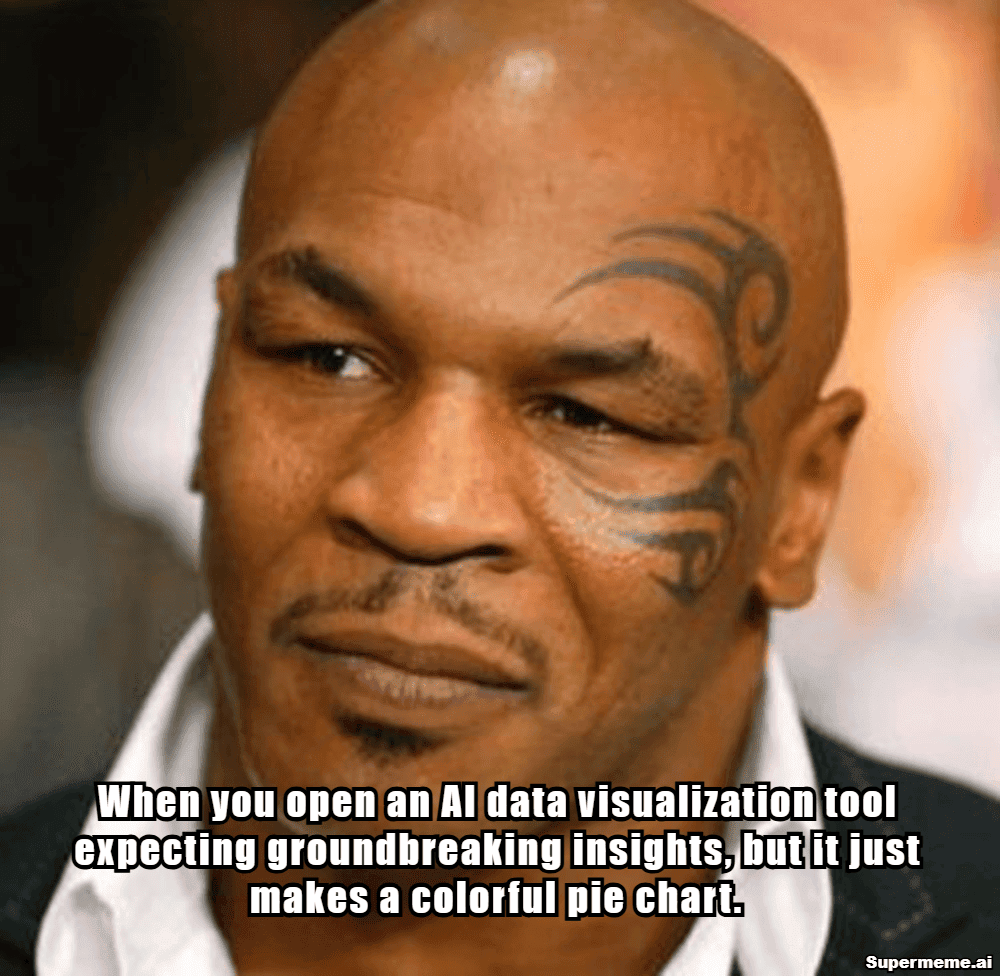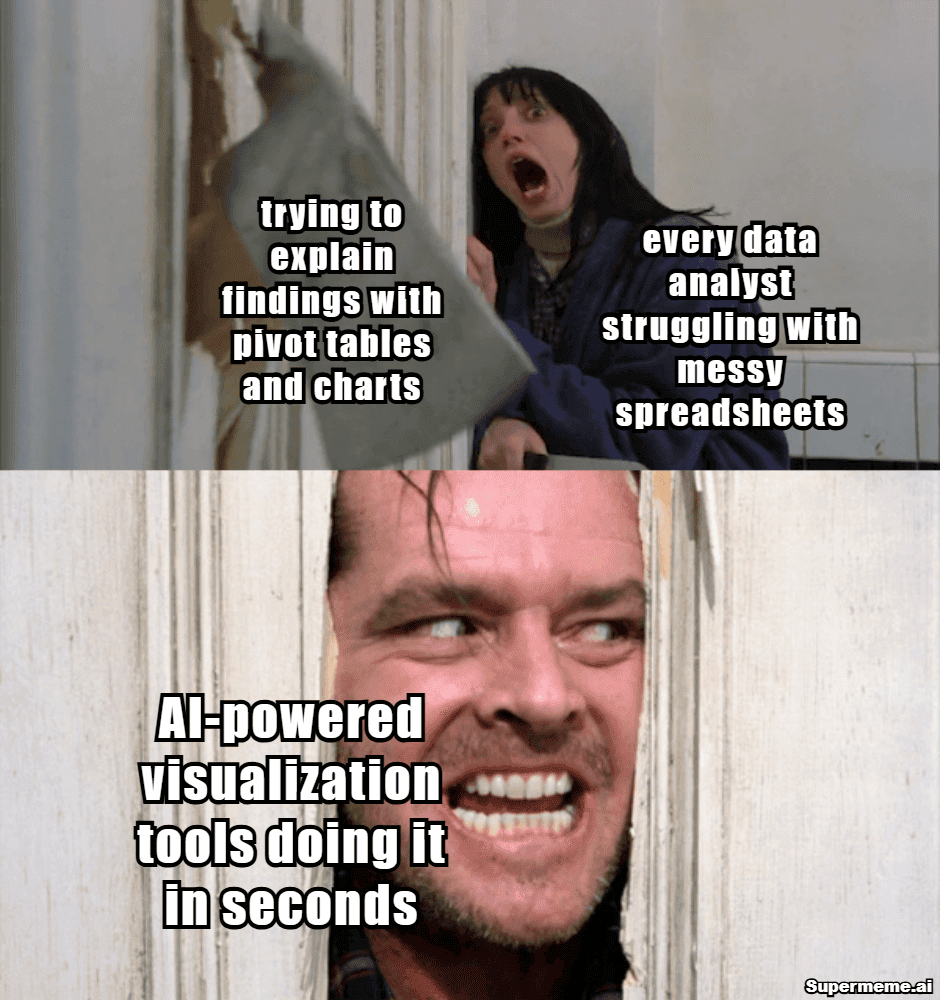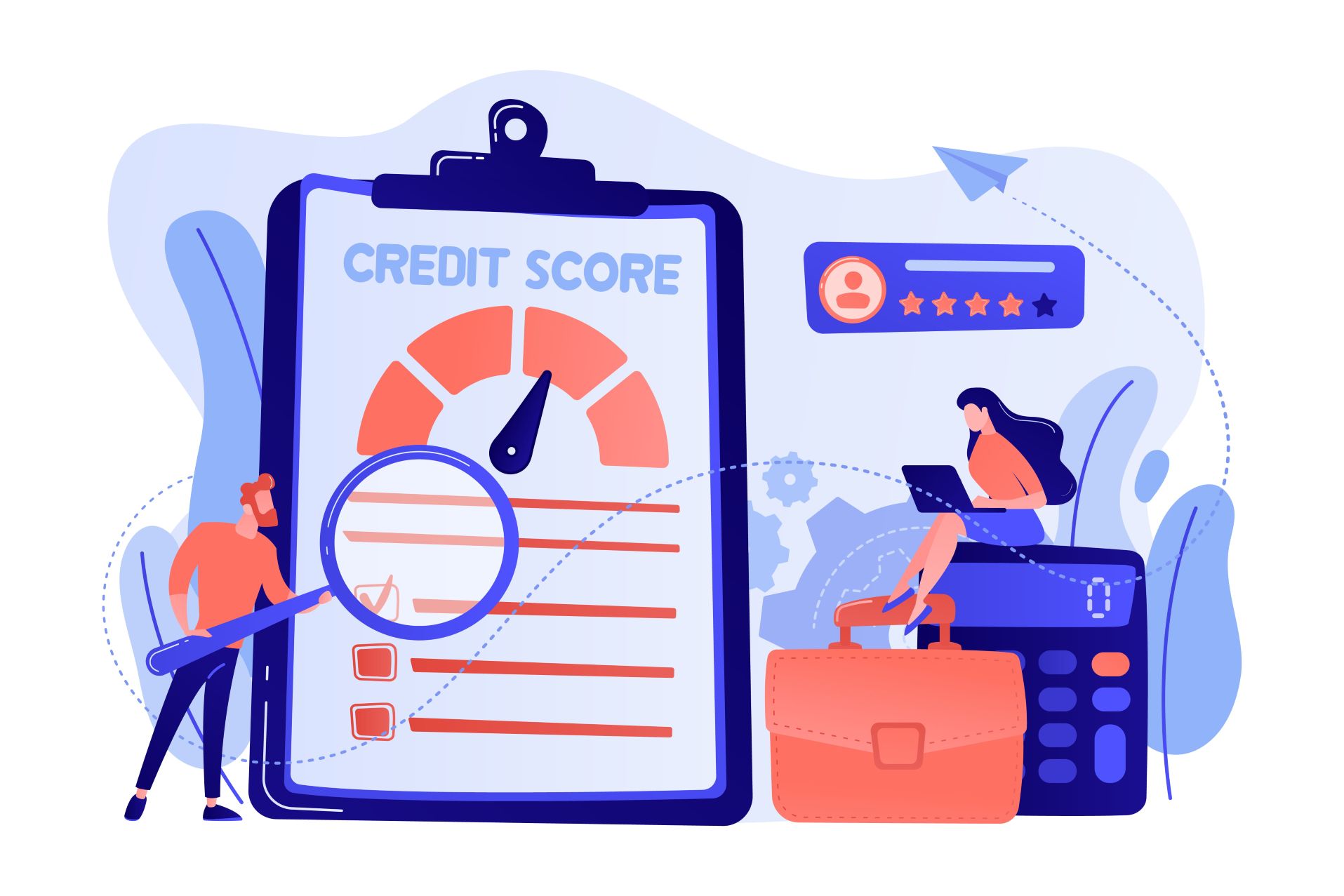In the digital age, data is an organization’s most valuable asset. Yet, the sheer volume and complexity of business data can overwhelm even the most experienced analysts. To unlock the full potential of this information, companies are turning to AI-powered data visualization tools that transform raw numbers into actionable insights quickly, accurately, and at scale. This article explores how businesses leverage these advanced tools to drive decision-making, boost efficiency, and gain a competitive edge.
The Evolution of Data Visualization: From Static Charts to Intelligent Insights
For decades, business intelligence relied on static dashboards and manually generated charts. These visuals, while helpful, were slow to update and required significant expertise to interpret. As data volumes exploded, traditional methods became bottlenecks, delaying insights and limiting organizational agility.
AI-driven data visualization has fundamentally changed this landscape. By integrating machine learning, natural language processing, and automation, modern tools can:
Analyze massive datasets in seconds
Surface hidden patterns, correlations, and anomalies
Generate dynamic, interactive dashboards
Enable users to ask questions in plain language and receive instant visual answers
This shift from static reporting to intelligent, self-service analytics empowers organizations to make faster, more confident decisions.
How AI Enhances Data Visualization
1. Speed to Insight
AI tools automate the entire data visualization process, reducing analysis time from days to minutes. This acceleration enables near real-time responses to market changes, operational challenges, and emerging opportunities.
2. Automated Pattern Discovery
AI systems can evaluate far more visualization possibilities than human analysts, uncovering non-obvious relationships and trends. For example, a logistics company might discover that delivery delays correlate with specific weather patterns or supply routes-insights that would be difficult to extract manually.
3. Predictive and Prescriptive Analytics
Beyond describing what happened, AI-powered visualization tools can forecast future trends and suggest optimal actions. Businesses can anticipate demand spikes, adjust marketing campaigns, and mitigate risks before they materialize.
4. Natural Language Interaction
Many platforms now allow users to interact with data using plain English. Business leaders can ask, “What were our Q4 sales in Europe?” and receive an instant, visualized answer-no technical expertise required.
5. Personalization and Customization
AI tailors visualizations to user goals, context, and preferences. For instance, a sales manager might automatically receive a dashboard highlighting regional performance, while a marketer sees a heat map of customer engagement.
6. Anomaly Detection and Alerts
AI can continuously monitor data streams, flagging unusual patterns or outliers in real time. This proactive approach helps organizations spot potential risks or opportunities early.

Key Business Benefits of AI-Driven Data Visualization
| Benefit | Impact on Business |
| Accelerated Decision-Making | 70-85% reduction in time from data to visualization |
| Expanded Analytical Capacity | 3- 5x increase in analytical bandwidth with existing teams |
| Broader Data Utilization | 40-60% increase in data-driven decision-making across departments |
| Improved Confidence | 25-30% improvement in decision-making confidence |
| Cost and Resource Savings | Automation frees analysts for higher-value activities |
| Democratized Data Access | Non-technical users can explore and interpret data independently |
AI-powered data visualization is transforming industries across the board:
Finance
Fraud Detection: AI visualizes transactional data to spot suspicious patterns and outliers in real time.
Forecasting: Predictive dashboards help optimize investments and anticipate market shifts.
E-Commerce
Personalized Recommendations: AI analyzes customer behavior and visualizes buying patterns to refine product suggestions.
Sales Performance: Real-time dashboards track campaign ROI and customer engagement.
Marketing
Social Media Analytics: AI generates visuals for campaign performance, audience segmentation, and trend analysis.
Targeted Advertising: Visualizations help identify high-value customer segments and optimize ad spend.
Operations and Supply Chain
Anomaly Detection: AI highlights inefficiencies or disruptions in logistics, inventory, or production.
Scenario Planning: Predictive visualizations simulate the impact of different supply chain strategies.
Human Resources
Workforce Analytics: AI visualizes employee performance, retention trends, and diversity metrics to inform HR strategies.

Top AI Data Visualization Tools in 2025
A robust ecosystem of AI-powered platforms has emerged, each offering unique features for different business needs:
| Tool | Key Features | Best For |
| ThoughtSpot | Natural language search, AI-generated insights, real-time monitoring | Self-service analytics, enterprise BI |
| Tableau | AI-driven insights, advanced visualizations, NLP queries, predictive analytics | Complex analytics, customization |
| Domo | Conversational analytics, real-time dashboards, predictive models, and security | Cloud-based BI, large datasets |
| Polymer | Automated storytelling, interactive visuals, and AI-driven insights | Quick insights, data exploration |
| Sisense | Conversational analytics, custom dashboards, and collaboration | Team-based analytics |
| Google Sheets | AI-powered chart suggestions, integration with the Google ecosystem | Small teams, quick reporting |
AI tools can automatically generate dashboards tailored to specific business functions. For example, a sales team might receive a dashboard with line charts for revenue, bar charts for regional performance, and heat maps for customer engagement updated in real time.
2. Data Storytelling
AI doesn’t just present numbers; it crafts narratives. Automated data storytelling highlights key trends, contextualizes findings, and suggests actions, making insights more compelling and actionable for decision-makers.
3. Real-Time Monitoring and Alerts
AI-powered platforms continuously analyze live data streams, updating visualizations and sending alerts when anomalies or significant changes occur. This enables businesses to respond proactively to emerging issues.
4. Self-Service Analytics
With natural language processing, even non-technical users can explore data independently. This democratizes analytics, reducing reliance on specialized data teams and accelerating decision cycles.
5. Predictive and Prescriptive Insights
Machine learning models embedded in visualization tools forecast trends and recommend next steps. For example, a retailer can visualize predicted demand for different products and adjust inventory or marketing strategies accordingly.
Overcoming Traditional Challenges with AI Visualization
Traditional data visualization suffered from several limitations:
Expertise Gaps: Required specialized knowledge in both data science and design.
Throughput Constraints: Human analysts could only process a limited number of visualizations.
Inconsistency: Visualization quality varied across teams and departments.
Scalability Issues: Manual processes struggled to keep up with growing data volumes.
AI-driven tools address these challenges by automating best practices, standardizing outputs, and scaling effortlessly with business growth.
Quantifiable Impact: What the Numbers Say
70-85% reduction in time from data to visualization
3- 5x increase in analytical capacity with existing teams
40-60% broader data utilization across departments
25-30% improvement in decision-making confidence
30-40% more actionable insights discovered from the same datasets
These metrics underscore the transformative power of AI in turning data into a strategic asset.
Best Practices for Adopting AI Data Visualization
To maximize the benefits, businesses should
Start with a Clear Data Strategy: Identify key business questions and align data collection accordingly.
Invest in Training: Empower employees to use AI tools effectively, regardless of their technical background.
Ensure Data Quality: AI is only as good as the data it analyzes; prioritize data accuracy and integrity.
Iterate and Scale: Begin with pilot projects, measure impact, and expand successful initiatives organization-wide.
Foster a Data-Driven Culture: Encourage all employees to engage with data and make informed decisions.

The Future: Where AI Data Visualization Is Headed
Looking ahead, AI-powered visualization will become even more intelligent and accessible:
Conversational Analytics: Voice-activated queries and chatbots will make data exploration as simple as having a conversation.
Automated Data Preparation: AI will handle data cleaning and integration, further reducing manual effort.
Augmented Reality (AR) Visualizations: Immersive, interactive data experiences will enhance understanding and collaboration.
Deeper Personalization: Visualizations will adapt in real time to individual user roles, preferences, and business contexts.
Conclusion
AI tools for data visualization are revolutionizing how businesses interpret, communicate, and act on information. By automating routine tasks, surfacing hidden patterns, and democratizing access to insights, these platforms empower organizations to make smarter, faster decisions. As the technology continues to evolve, companies that embrace AI-driven visualization will be best positioned to unlock the full value of their data and stay ahead in a rapidly changing marketplace.
Whether you’re a startup seeking quick insights or an enterprise managing massive datasets, AI-powered data visualization is no longer a luxury- it’s a necessity for driving business success in 2025 and beyond.


